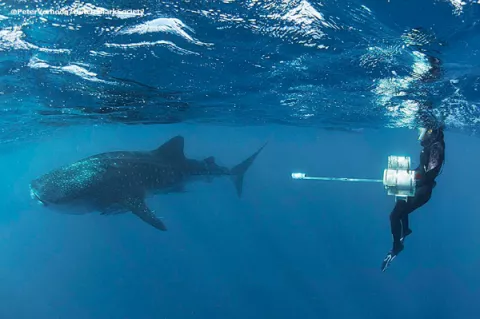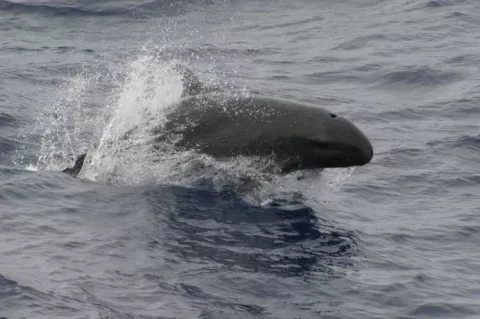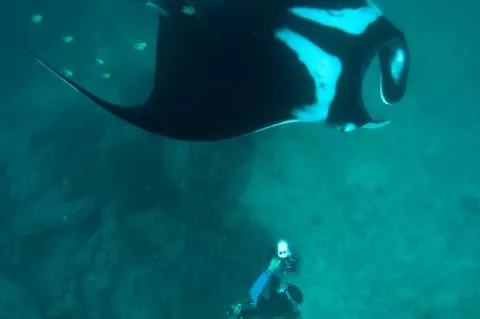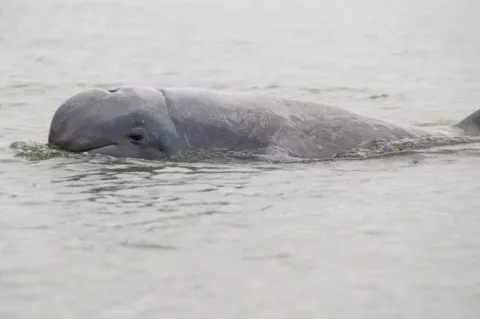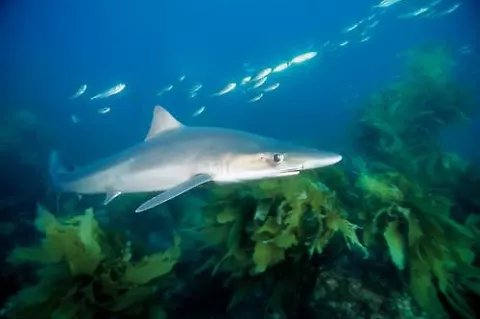Gatherings of the Gentle Giants
Underwater photographer Peter Verhoog of the Dutch Shark Society is on a mission—a mission to save sharks. He wants to raise awareness for sharks and their fate among a wide audience. One of the ways to do this is to show people not only the beauty of sharks but also shark behaviour and their sometimes worldwide migration and feeding patterns.

